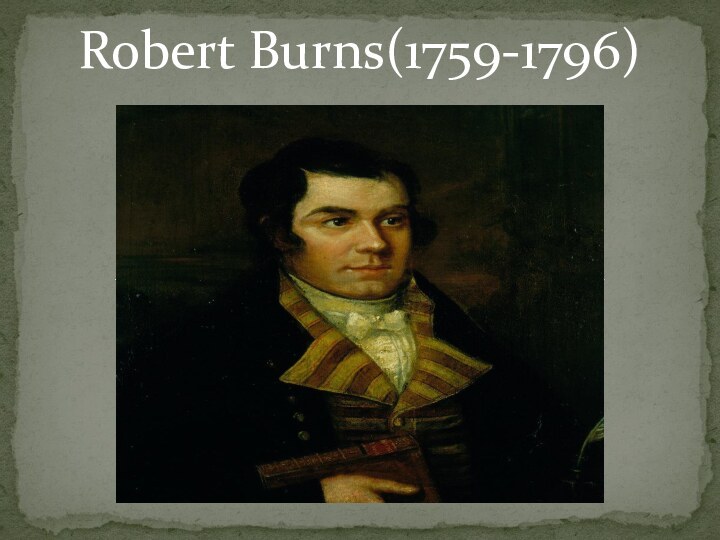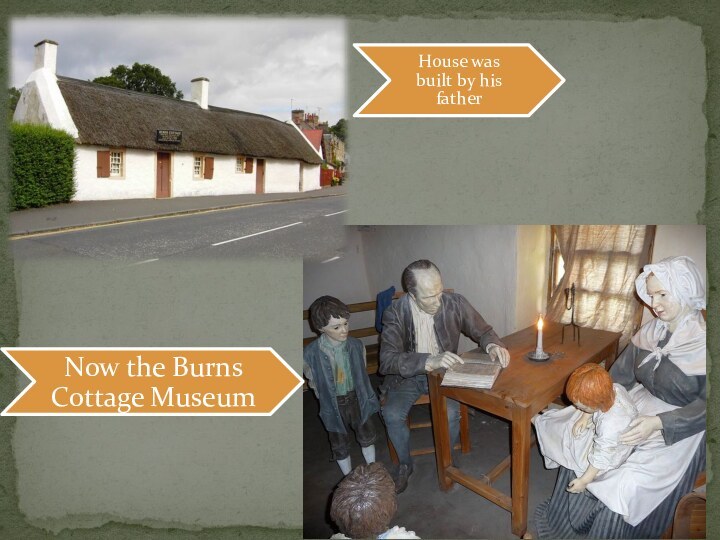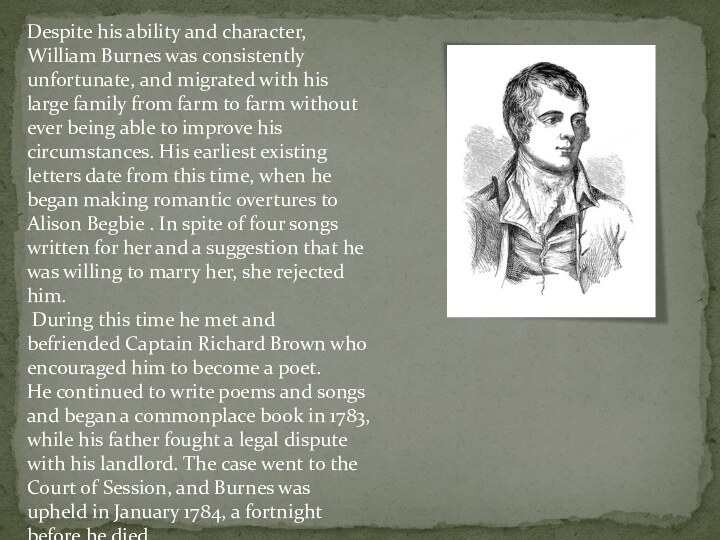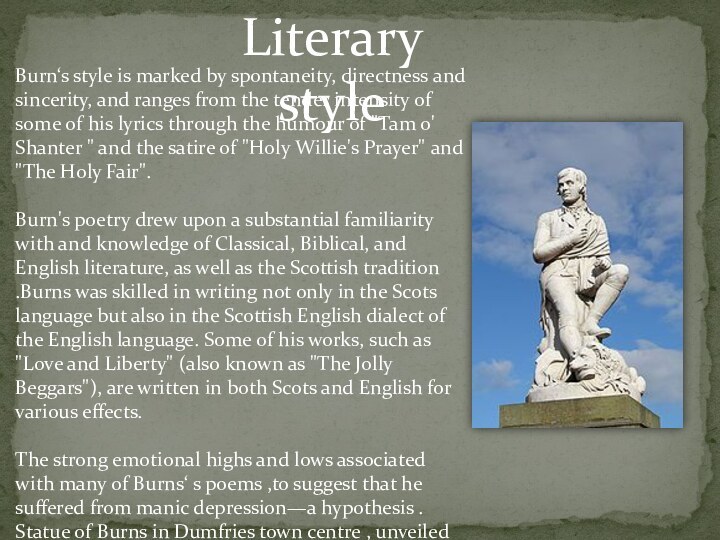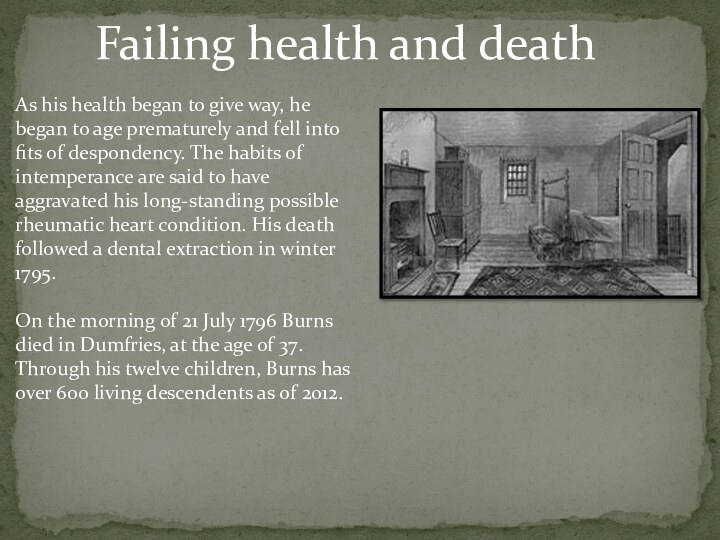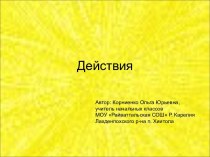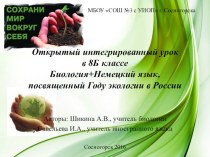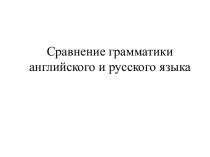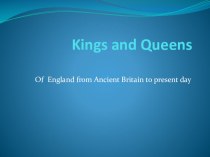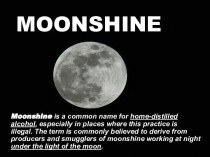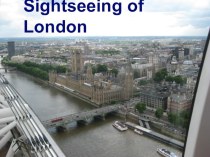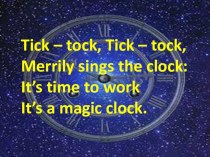Слайд 2
Robert Burns (25 January 1759 – 21 July
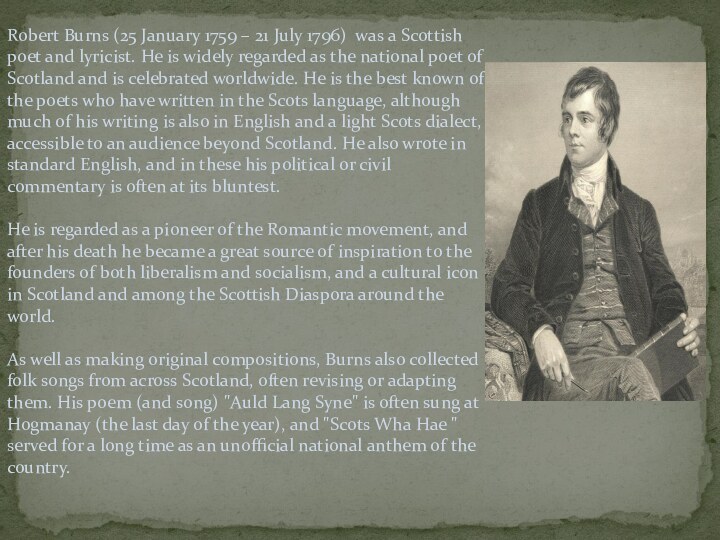
1796) was a Scottish poet and lyricist. He is
widely regarded as the national poet of Scotland and is celebrated worldwide. He is the best known of the poets who have written in the Scots language, although much of his writing is also in English and a light Scots dialect, accessible to an audience beyond Scotland. He also wrote in standard English, and in these his political or civil commentary is often at its bluntest.
He is regarded as a pioneer of the Romantic movement, and after his death he became a great source of inspiration to the founders of both liberalism and socialism, and a cultural icon in Scotland and among the Scottish Diaspora around the world.
As well as making original compositions, Burns also collected folk songs from across Scotland, often revising or adapting them. His poem (and song) "Auld Lang Syne" is often sung at Hogmanay (the last day of the year), and "Scots Wha Hae " served for a long time as an unofficial national anthem of the country.
Слайд 3
Burns was born two miles south of Ayr,
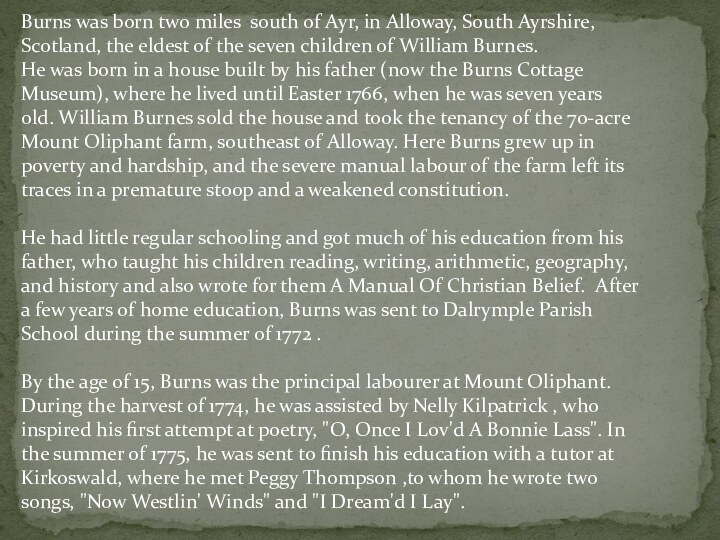
in Alloway, South Ayrshire, Scotland, the eldest of the
seven children of William Burnes.
He was born in a house built by his father (now the Burns Cottage Museum), where he lived until Easter 1766, when he was seven years old. William Burnes sold the house and took the tenancy of the 70-acre Mount Oliphant farm, southeast of Alloway. Here Burns grew up in poverty and hardship, and the severe manual labour of the farm left its traces in a premature stoop and a weakened constitution.
He had little regular schooling and got much of his education from his father, who taught his children reading, writing, arithmetic, geography, and history and also wrote for them A Manual Of Christian Belief. After a few years of home education, Burns was sent to Dalrymple Parish School during the summer of 1772 .
By the age of 15, Burns was the principal labourer at Mount Oliphant. During the harvest of 1774, he was assisted by Nelly Kilpatrick , who inspired his first attempt at poetry, "O, Once I Lov'd A Bonnie Lass". In the summer of 1775, he was sent to finish his education with a tutor at Kirkoswald, where he met Peggy Thompson ,to whom he wrote two songs, "Now Westlin' Winds" and "I Dream'd I Lay".
Слайд 5
Despite his ability and character, William Burnes was
consistently unfortunate, and migrated with his large family from
farm to farm without ever being able to improve his circumstances. His earliest existing letters date from this time, when he began making romantic overtures to Alison Begbie . In spite of four songs written for her and a suggestion that he was willing to marry her, she rejected him.
During this time he met and befriended Captain Richard Brown who encouraged him to become a poet.
He continued to write poems and songs and began a commonplace book in 1783, while his father fought a legal dispute with his landlord. The case went to the Court of Session, and Burnes was upheld in January 1784, a fortnight before he died.
Слайд 6
Literary style
Burn‘s style is marked by spontaneity, directness
and sincerity, and ranges from the tender intensity of
some of his lyrics through the humour of "Tam o' Shanter " and the satire of "Holy Willie's Prayer" and "The Holy Fair".
Burn's poetry drew upon a substantial familiarity with and knowledge of Classical, Biblical, and English literature, as well as the Scottish tradition .Burns was skilled in writing not only in the Scots language but also in the Scottish English dialect of the English language. Some of his works, such as "Love and Liberty" (also known as "The Jolly Beggars"), are written in both Scots and English for various effects.
The strong emotional highs and lows associated with many of Burns‘ s poems ,to suggest that he suffered from manic depression—a hypothesis .
Statue of Burns in Dumfries town centre , unveiled in 1882.
